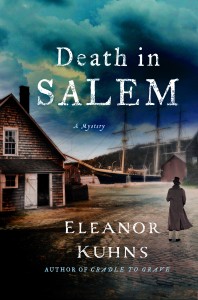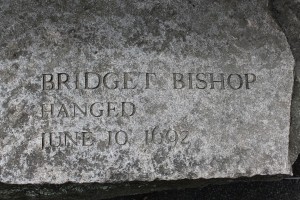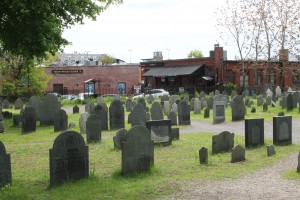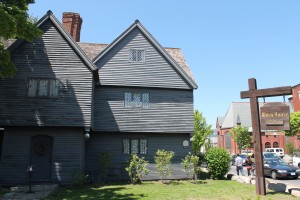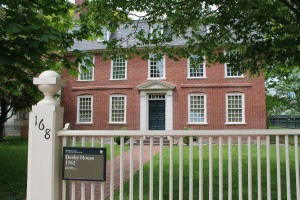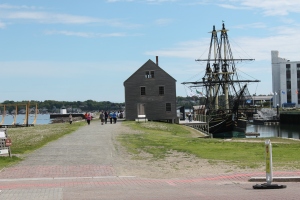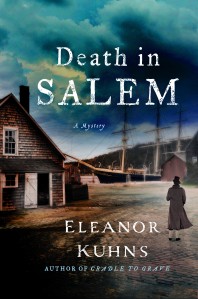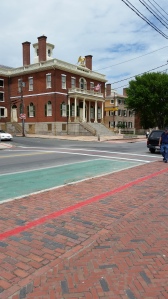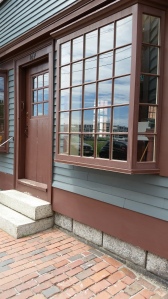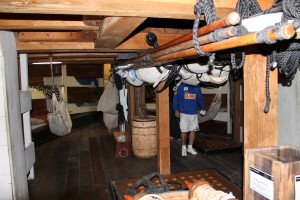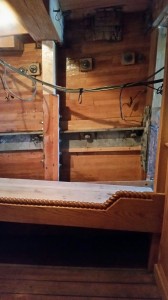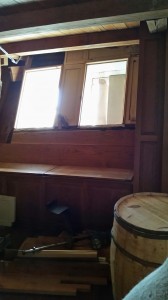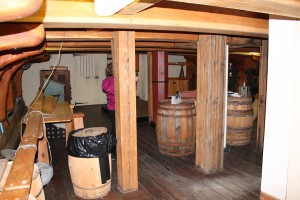One of the things I like to do when researching a book is visit the location where it is set. I did that with Salem when I was writing Death in Salem.
I like getting the feel of the place and a sense of the geography.
Salem is a good place to research since they have kept a lot of their past. Not all of it but enough. And a number of reminders of Salem’s past. and the past of the United States, are still present. The Burying Point, the cemetery, is there. I like that you can still visit this place and see the headstones from the distant past.
Not the accused witches, however. Witches were not allowed to be buried in consecrated ground so were dumped. Families, although forbidden to do so, frequently found the bodies and buried them properly. This meant a great deal in this religious past. But the burying point does have memorials to these men and women. (even two dogs were accused and executed!)
The witch trials are well remembered and some of the houses were built in that time, 400 years ago.
Salem still has many houses from the period of the merchantmen also. Below is the Derby house, built within sight of Derby wharf. Although there are many fine houses on the waterfront, a short walk to Chestnut Street reveals a block of beautiful houses, many from the late 1700’s.
As the merchantmen grew wealthy, they built houses on Chestnut Street. And many of these houses are still occupied.
Although the 1790’s are not ancient compared to Europe and their long history, for these United States it represents the early part of our history and so I find it exciting.

